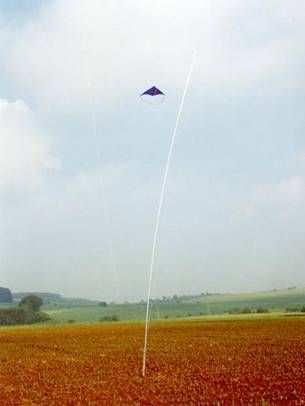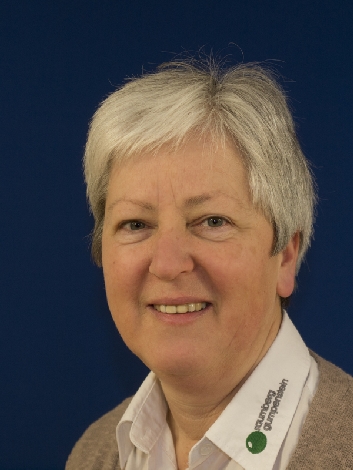The damage caused by birds to a wide variety of crops is considerable, with the damage relating, on the one hand, to the germination stage and, on the other hand, to the mature crops. Particularly at risk are all those cultivated areas that are remote and crops that are only rarely found in a certain area. All those areas that are close to settlements do not seem to be at great risk, although there is often an increase in pigeons and house sparrows there. There are many different bird species, including songbirds, pigeons, crows, pheasants and others. Very serious damage is caused by crows or pigeons that invade the fields in large flocks. Some of them are huntable, others are not, although responsibility lies with the individual federal states. This scientific activity is planned to involve large-scale cultivation of various crops that are particularly affected by bird damage, with different variants using fertilizers permitted in organic farming being considered. These include bile, manure with stone powder, food coloring and cinnamon oil. The zero variant should be provided with distraction feeding all around. The two stations belonging to the agriculture department, Moarhof with corn and Lambach with sunflowers, are planned as locations. Especially at the Moarhof location, a field called a pheasant field was ideal in 2008 because it is relatively inaccessible and a little further away from the institute building. The extent of bird damage should be determined by regularly checking the field for possible damage. In Lambach, the sunflower field is not in the immediate vicinity of the experimental station, which makes bird feeding very likely. There, several variants of sunflowers should be tested side by side, which should also be grown mechanically if possible. Monitoring at maturity is more difficult. The damage to sunflowers begins as soon as they bloom, but the extent varies greatly. In order to make statements about the effectiveness of one or the other variant, surveys that clearly show the differences between the individual variants are sufficient. These initial findings may lead to further scientific work on this topic if promising results are achieved with some of the variants pre-tested here.

Dragon to deter birds in agriculture
HBLFA Raumberg-Gumpenstein





